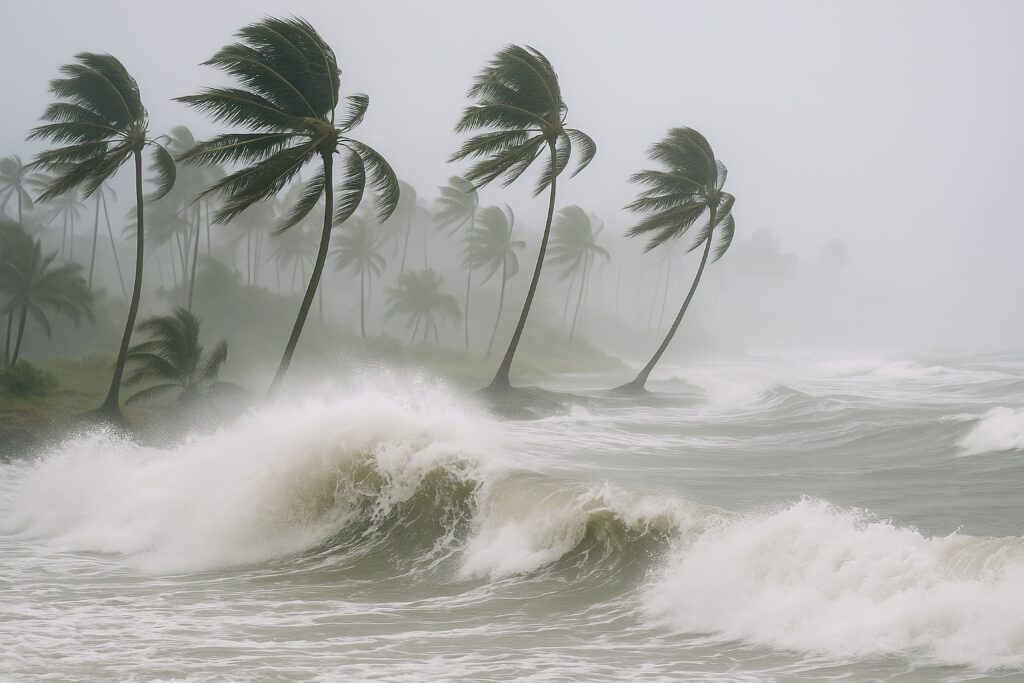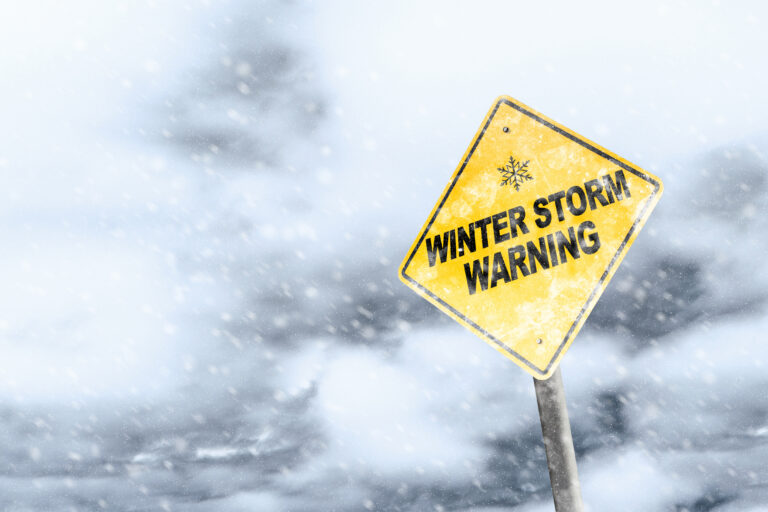A Rare Burst of Storms in a Record-Breaking Year
Five years ago, the 2020 Atlantic hurricane season delivered a moment that stunned even seasoned meteorologists: three named storms formed in just six hours. On September 18, 2020, Wilfred, Alpha, and Beta were all named in rapid succession—an extraordinary event during what would become one of the most active and unusual hurricane seasons in recorded history.
The triple development was a clear signal that something different was happening in the tropics that year. With conditions primed for rapid storm formation and the Atlantic unusually active, the 2020 season rewrote the record books and offered a glimpse into what a changing climate might mean for future hurricane seasons.
The Alphabet Ran Out—And Then Some
By the time Wilfred was named, it had already become the last name on the official hurricane naming list for the season. What followed was unprecedented: the Greek alphabet was activated for only the second time in history, starting with Tropical Storm Alpha. Just hours later, Beta formed in the Gulf of Mexico.
These three storms forming so close together in time had never been observed before in the Atlantic. It highlighted how warm ocean temperatures, low wind shear, and a hyperactive atmosphere can lead to sudden, simultaneous development—even late in the season.
2020 Was a Hurricane Season Like No Other
The 2020 Atlantic hurricane season produced 30 named storms, the most ever recorded in a single year. Of those, 13 became hurricanes, and 6 reached major hurricane status. The season was so active that it exhausted the entire list of pre-approved storm names by mid-September—earlier than ever before.
Many of the storms that year formed quickly, with several undergoing rapid intensification. Others took unusual paths, made landfall multiple times, or lingered for days over coastal regions, dumping historic rainfall and causing widespread flooding.
The Impact Was Felt Far and Wide
Among the most destructive storms of 2020 were Hurricanes Laura, Delta, and Eta, all of which caused severe damage along the Gulf Coast and in Central America. Laura, in particular, made landfall in Louisiana as a powerful Category 4 hurricane, bringing catastrophic wind and storm surge.
Even less intense storms caused significant disruption due to heavy rainfall and repeated landfalls in areas still recovering from earlier storms. Emergency management agencies were stretched thin, and communities had little time to prepare between events.
What 2020 Taught Us About the Future
The rapid-fire formation of Wilfred, Alpha, and Beta symbolized a larger trend: tropical storms are forming faster, earlier, and more frequently. Warmer ocean waters and shifting atmospheric patterns are creating more favorable conditions for storm development—and 2020 served as a wake-up call for what future seasons might hold.
It also prompted a reevaluation of how storms are named. The use of the Greek alphabet created confusion, especially as storms like Eta and Theta overlapped. In response, the World Meteorological Organization announced it would no longer use Greek letters in future seasons, opting instead for a separate backup list of names.
A Record That Still Resonates
Looking back five years later, the events of that day in September 2020 remain one of the most remarkable moments in hurricane history. Three storms, six hours, and a season that shattered expectations. It was a reminder that in an era of changing climate and warming oceans, the tropics can deliver surprises with little warning—and lasting impact.


